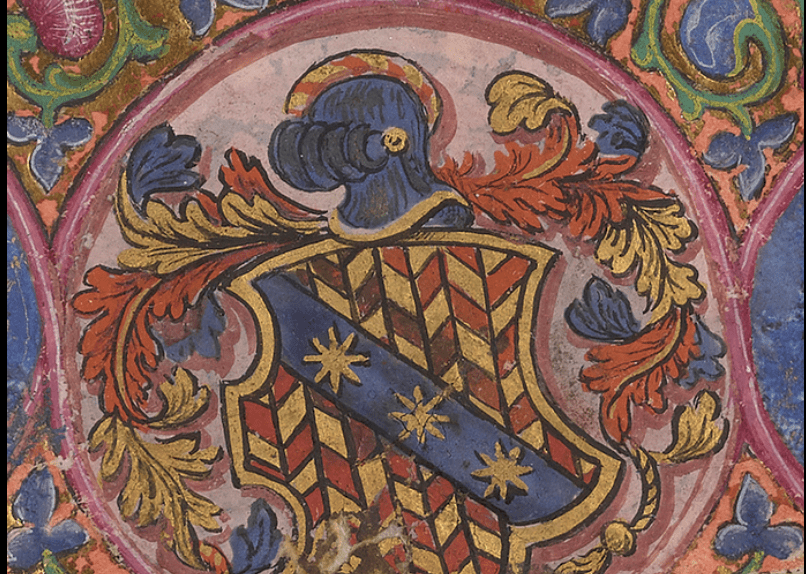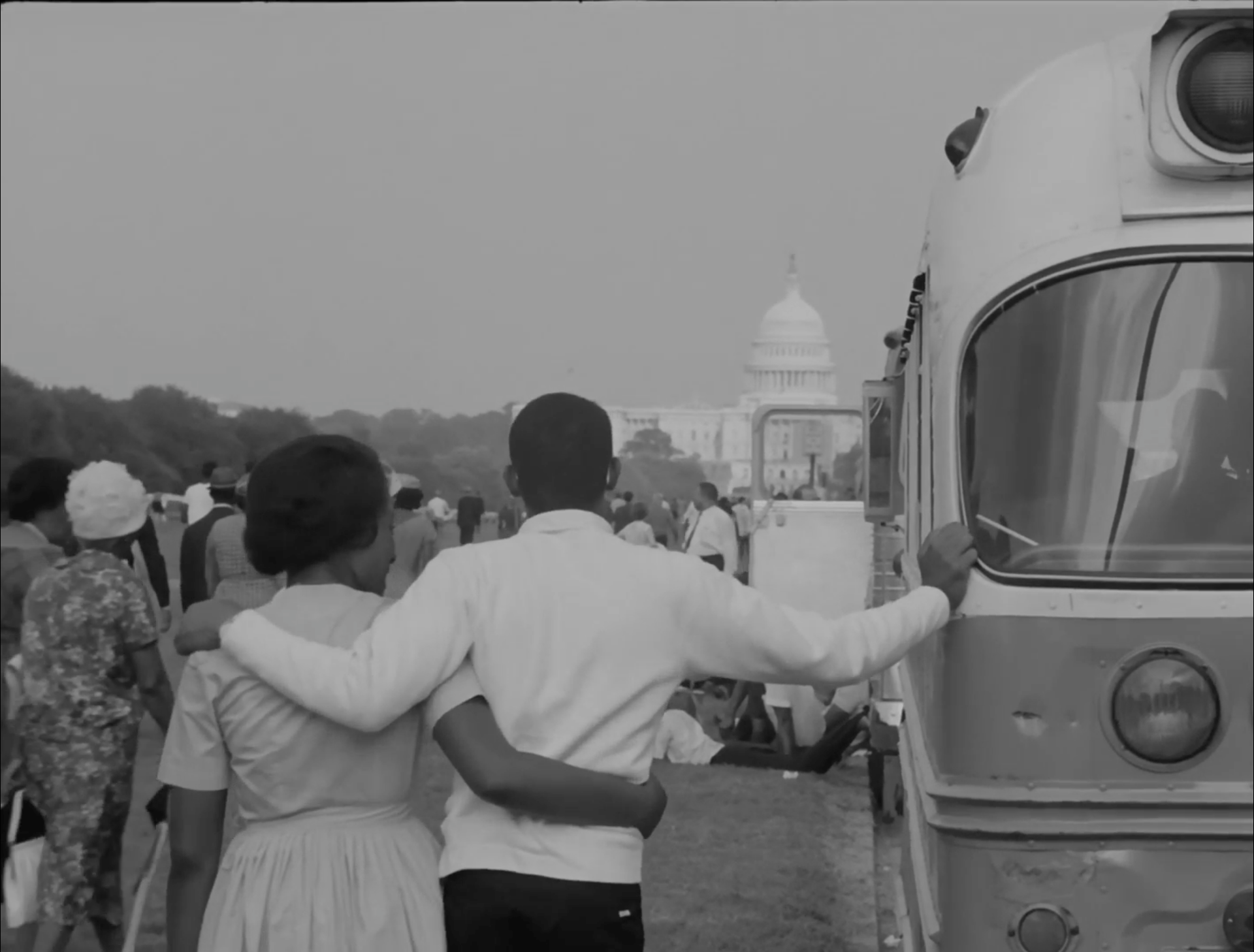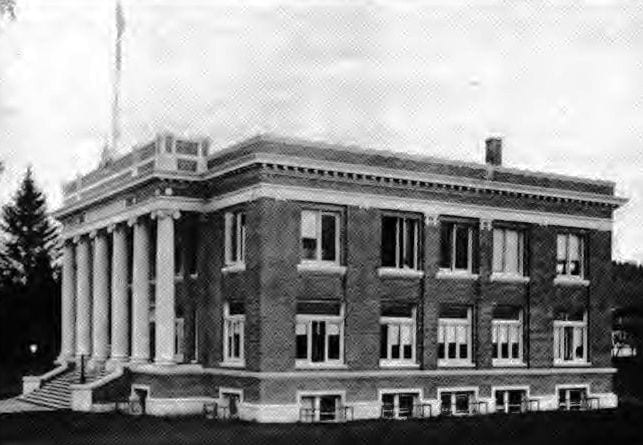Digital Translations
Definition: The digital scholarship project process for expressing the reuse of digital media and text while using information communication technologies other than the digital platform used for building the original project.

This site grew out of a course, The Global History of Color, taught by Vera Keller at the University of Oregon in 2018, tracing the global history of a range of natural reds, such as ochre, cinnabar, red lead, vermilion, dragon’s blood, kermes, cochineal, madder, coral, red glass and enamels to the first synthetic dyes developed in the late nineteenth century. This digital translation was built by Ishani Shrestha using WordPress. The original project was built using Omeka S.
The original site contains documentation about the built environment of the University of Oregon and identifies basic resources for researching the architectural heritage of Oregon’s flagship university. It was created by Ed Teague, a former UO librarian, starting in 2005. The digital translation was built by Victoria Dang using the UO Libraries digital exhibit platform Spotlight. The original project was built using the UO Libraries Drupal based website.

The original digital exhibition The March is the result of a collaborative project led by David A. Frank (Professor of Rhetoric and Mellon Faculty Fellow), the University of Oregon Libraries, and the Jordan Schnitzer Museum of Art, with individual contributions by members of both institutions. This exhibition received inspiration and support from The James Blue Project, a research interest group at the University of Oregon devoted to creating a “living archive” from materials relating to the James Blue papers in UO Libraries’ Special Collections and University Archives. The digital translation was created by Lizzy Palmquist using Pressbooks. The original project was built using WordPress.

The original project is dedicated to highlighting the often untold and hidden histories of traditionally underrepresented students and diverse communities through the context of the built environment on the University of Oregon campus. he stories and tour development stem from student projects as part of the Hidden History Freshman Interest Group (FIG) class (2013-present) lead by Jennifer O’Neal and Kevin Hatfield. The digital translation was created by Marcus Ren using WordPress. The original project was built using Omeka Classic and Curatescape.

The original project is a digital exhibition that focuses on tiny slips of paper—senjafuda 千社札—that depict Japanese ghosts and monsters—yōkai 妖怪. Both senjafuda and yōkai have their roots in Japanese popular culture in the early modern period (17th-19th centuries), and both continue to cast a spell on viewers today. It was a result of a collaboration led by Glynne Walley. The digital translation was created by Blake Hardin using WordPress. The original project was built using Omeka S.
This site grew out of a course, The Global History of Color, taught by Vera Keller at the University of Oregon in 2018, tracing the global history of a range of natural reds, such as ochre, cinnabar, red lead, vermilion, dragon’s blood, kermes, cochineal, madder, coral, red glass and enamels to the first synthetic dyes developed in the late nineteenth century. This digital translation was built by Ishani Shrestha using WordPress. The original project was built using Omeka S.
The original site contains documentation about the built environment of the University of Oregon and identifies basic resources for researching the architectural heritage of Oregon’s flagship university. It was created by Ed Teague, a former UO librarian, starting in 2005. The digital translation was built by Victoria Dang using the UO Libraries digital exhibit platform Spotlight. The original project was built using the UO Libraries Drupal based website.
The original digital exhibition The March is the result of a collaborative project led by David A. Frank (Professor of Rhetoric and Mellon Faculty Fellow), the University of Oregon Libraries, and the Jordan Schnitzer Museum of Art, with individual contributions by members of both institutions. This exhibition received inspiration and support from The James Blue Project, a research interest group at the University of Oregon devoted to creating a “living archive” from materials relating to the James Blue papers in UO Libraries’ Special Collections and University Archives. The digital translation was created by Lizzy Palmquist using Pressbooks. The original project was built using WordPress.
The original project is dedicated to highlighting the often untold and hidden histories of traditionally underrepresented students and diverse communities through the context of the built environment on the University of Oregon campus. he stories and tour development stem from student projects as part of the Hidden History Freshman Interest Group (FIG) class (2013-present) lead by Jennifer O’Neal and Kevin Hatfield. The digital translation was created by Marcus Ren using WordPress. The original project was built using Omeka Classic and Curatescape.
The original project is a digital exhibition that focuses on tiny slips of paper—senjafuda 千社札—that depict Japanese ghosts and monsters—yōkai 妖怪. Both senjafuda and yōkai have their roots in Japanese popular culture in the early modern period (17th-19th centuries), and both continue to cast a spell on viewers today. It was a result of a collaboration led by Glynne Walley. The digital translation was created by Blake Hardin using WordPress. The original project was built using Omeka S.
